
BROWN VS BOARD OF EDUCATION RULING, 17 MAY 1954
In the 1950s, America was a place of deep division. Racism reigned supreme, with the Deep South having legalised racial segregation through the Jim Crow laws. Since the late 19th century, the southern states had clung to the mantra of "separate but equal" - and when it came to separating facilities for black and white Americans, they excelled.
Every aspect of life - from what schools children could attend, to what water fountains people could drink from - was separated by race. In Florida, for instance, black and white children's textbooks couldn't even be kept in the same building. But making facilities "equal" proved less of a priority. Schools reserved for black children were typically much worse than those attended by their white counterparts, with shoestring budgets and overcrowded classrooms.
However, in 1954 the US Supreme Court transformed the situation. After hearing about Linda Brown, a black girl who couldn't enrol at her local school in Kansas because of segregationist policies (as well as hearing other cases concerning school segregation), the court unanimously ruled that separating public schools on the basis of race was unconstitutional.
Although this landmark ruling was followed up the next year by a second act that muddied the waters - in 1955, Brown vs Board of Education II told schools to integrate with "all deliberate speed", which many southern institutions used as an excuse to stall their desegregation efforts - Brown vs Board of Education is still seen as a crucial moment in the early Civil Rights Movement. After all, if segregation was unconstitutional in the classroom, why was it permissible anywhere else?
THE LYNCHING OF EMMETT TILL, AUGUST 1955
This story is from the {{IssueName}} edition of {{MagazineName}}.
Start your 7-day Magzter GOLD free trial to access thousands of curated premium stories, and 9,000+ magazines and newspapers.
Already a subscriber ? Sign In
This story is from the {{IssueName}} edition of {{MagazineName}}.
Start your 7-day Magzter GOLD free trial to access thousands of curated premium stories, and 9,000+ magazines and newspapers.
Already a subscriber? Sign In
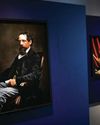
'Dickens's evocation of the fears, excitement and confusion of childhood is peerless'
DR LEE JACKSON ON WHY CHARLES DICKENS REMAINS RELEVANT TODAY
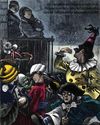
THE AUTHOR GOES ABROAD
Dickens expanded his horizons and boosted his fan-base by venturing overseas - but global fame came with a cost
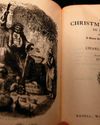
REVIVING THE FESTIVE SPIRIT
A Christmas Carol wasn't just a bestseller - it changed the way that Britons chose to mark the festive season

GIVING THE POOR A VOICE
From Hard Times to Oliver Twist, Charles Dickens used his pen to help illuminate the lives of the less fortunate

A JOURNEY THROUGH DICKENS'S LONDON
The works of Charles Dickens are synonymous with visions of Victorian London. We talk to Dr Lee Jackson about the author's love of the capital, and the locations that most inspired him
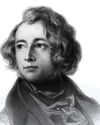
EXCEEDING EXPECTATIONS
Dr Lee Jackson chronicles Charles Dickens's journey from down-at-luck teenager to titan of Victorian literature
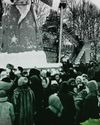
GIFTS, TREES & FEASTING
We take a journey through the photo archives to reveal how Christmas and its many traditions have been celebrated over the years - and around the world
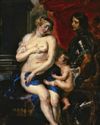
WHAT GREAT PAINTINGS SAY
We explore the story behind an allegorical painting that celebrates the triumph of love over hate, peace over war
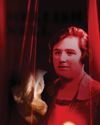
HELLISH NELL
Malcolm Gaskill delves into the life of Helen Duncan - the fraudulent Scottish medium whose ectoplasm-filled seances saw her ending up on the wrong side of the law
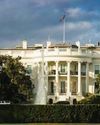
7 THINGS YOU (PROBABLY) DIDN'T KNOW ABOUT THE WHITE HOUSE
Presidential historian Dr Lindsay M Chervinsky reveals some of the most surprising facts about the world-famous US residence